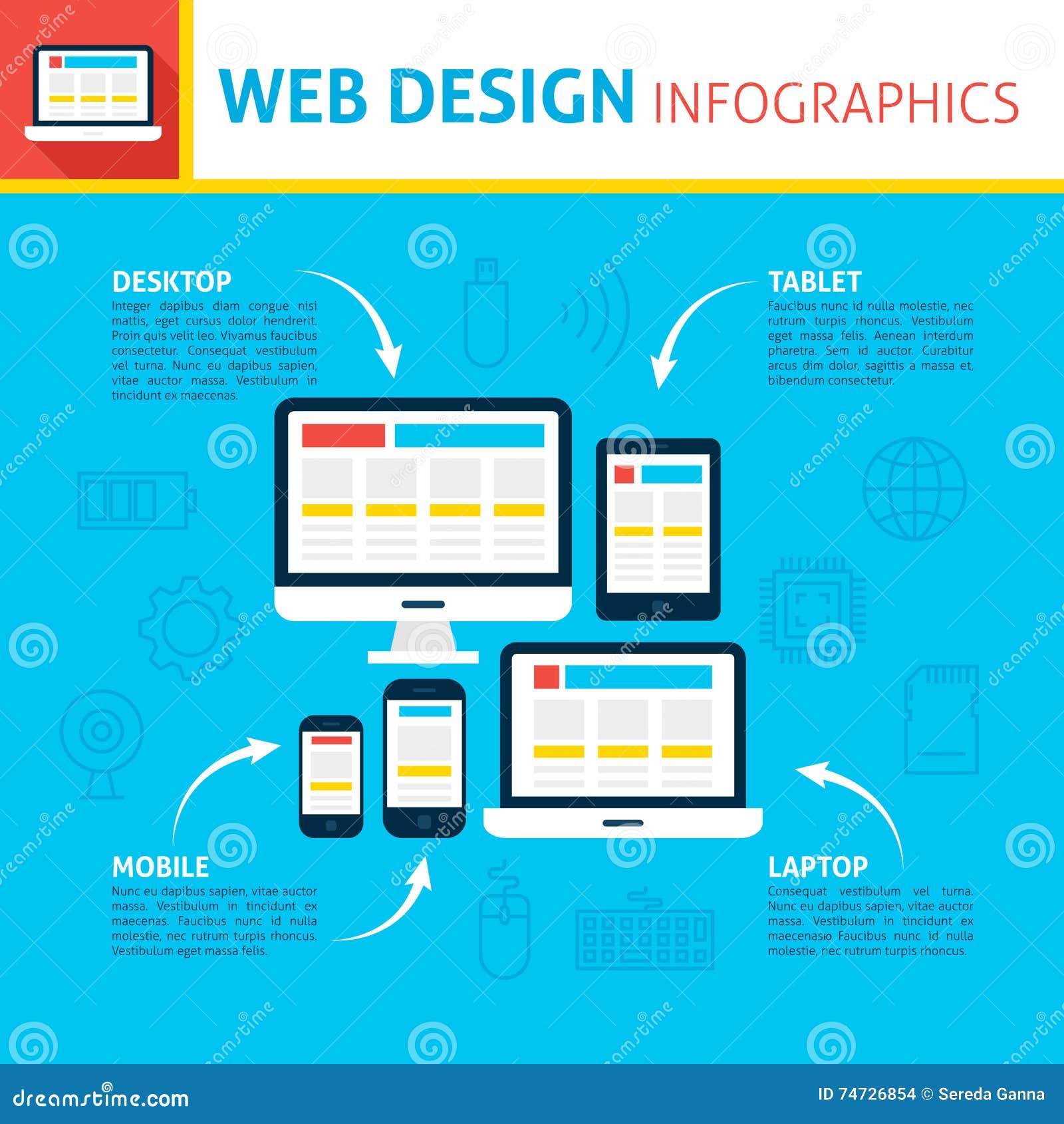Basic Facets Of Web Design: Standards For Creating A User-Centric Website
Basic Facets Of Web Design: Standards For Creating A User-Centric Website
Blog Article
Authored By-Hovmand Daugaard
When it involves internet site layout, ensuring user-friendliness is essential. From receptive style to streamlined navigating, every element plays an essential role in producing a website that satisfies your audience's needs. However what regarding the finer information that can make or damage an individual's surfing experience? Keep tuned as we uncover some often-overlooked pointers that can elevate your site's usability to the next degree, making it truly stand apart in the electronic landscape.
Significance of Responsive Design
Receptive design is an essential aspect of contemporary internet site advancement. Guaranteeing your internet site is responsive ways that it can adapt to various screen sizes and tools, giving a seamless experience for individuals.
With the increasing use smartphones and tablet computers to access the web, having a responsive layout is necessary for reaching a wider audience. It aids in enhancing customer experience by making your site very easy to browse and read on any kind of tool.
Furthermore, receptive style can positively impact your search engine rankings, as search engines like Google prioritize mobile-friendly web sites. By having a responsive style, you're additionally future-proofing your site, as new tools with varying screen dimensions continue to arise.
Simplify Navigation Framework
To enhance customer experience and assist in very easy access to information on your internet site, streamlining the navigation structure is extremely important. When creating your website, focus on creating a clear and user-friendly navigation food selection that helps site visitors locate what they're looking for swiftly.
Limit the number of menu things to the basics, grouping related pages with each other to stay clear of frustrating users. Usage relevant website that clearly indicate the material of each page, making it less complicated for individuals to understand where each link will take them.
Take into consideration carrying out dropdown food selections for subcategories to stop littering the primary navigating bar. Additionally, include a search bar prominently on the page for customers who prefer searching for specific details.
relevant internet page on mobile responsiveness in your navigating design to guarantee easy gain access to on all devices.
Optimize Page Lots Rate
Improving web page lots speed is critical for maintaining site visitors on your web site. Slow-loading web pages frustrate users and can lead to high bounce prices. To enhance web page tons speed, beginning by maximizing images. Press images without endangering top quality to minimize their data sizes.
Additionally, make accessibe ada for web browser caching to keep frequently accessed resources in your area, accelerating tons times for returning site visitors. web and mobile design , JavaScript, and HTML files by removing unneeded personalities, remarks, and format, improving load rate.
Consider using a content distribution network (CDN) to disperse your website's material throughout numerous web servers worldwide, lowering latency for individuals accessing your site from various areas. Finally, limit making use of third-party manuscripts and plugins, as they can substantially influence tons times.
Final thought
Finally, by integrating responsive design, streamlining navigation, and maximizing web page load rate, you can produce an user-friendly web site that interest a larger target market and enhances individual experience. These essential elements ensure that visitors can quickly gain access to and navigate your site throughout various devices, resulting in raised involvement and complete satisfaction. By focusing on these essential aspects, you can build a successful website that maintains users coming back for more.
